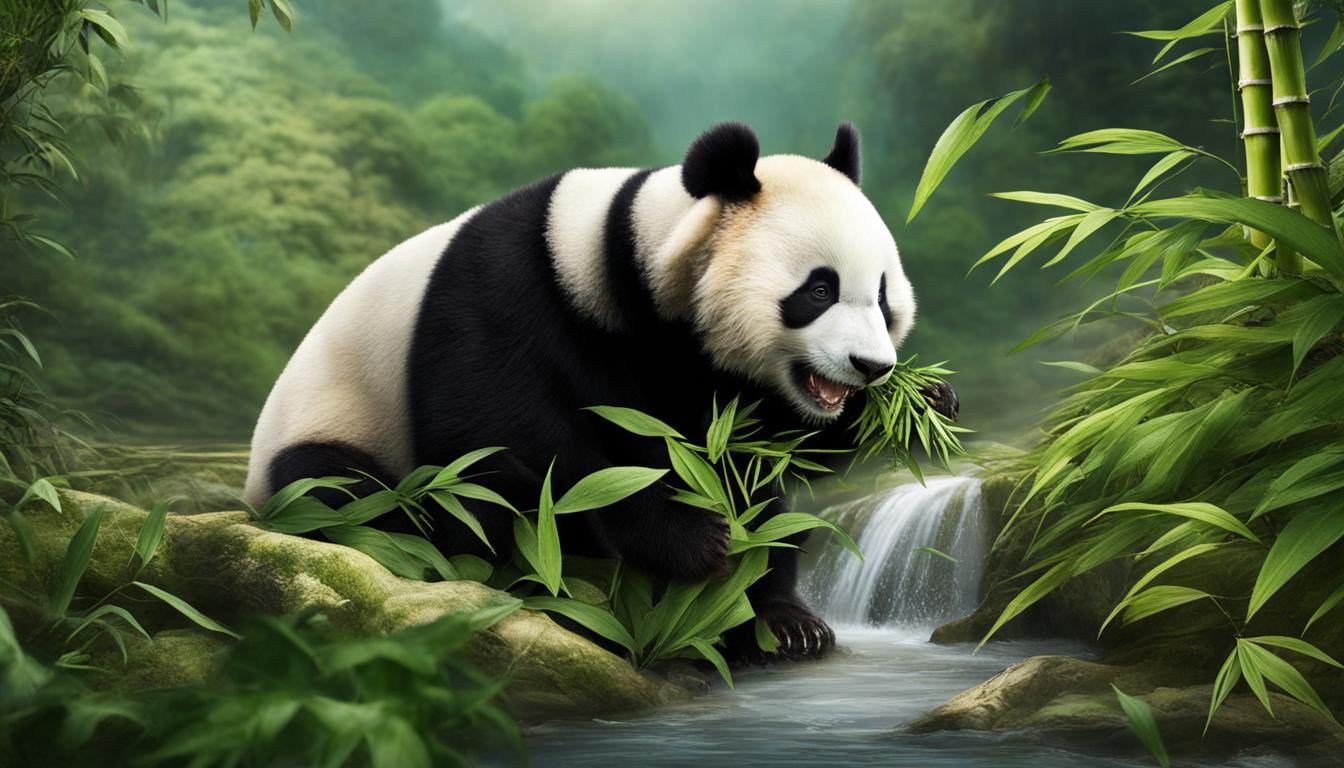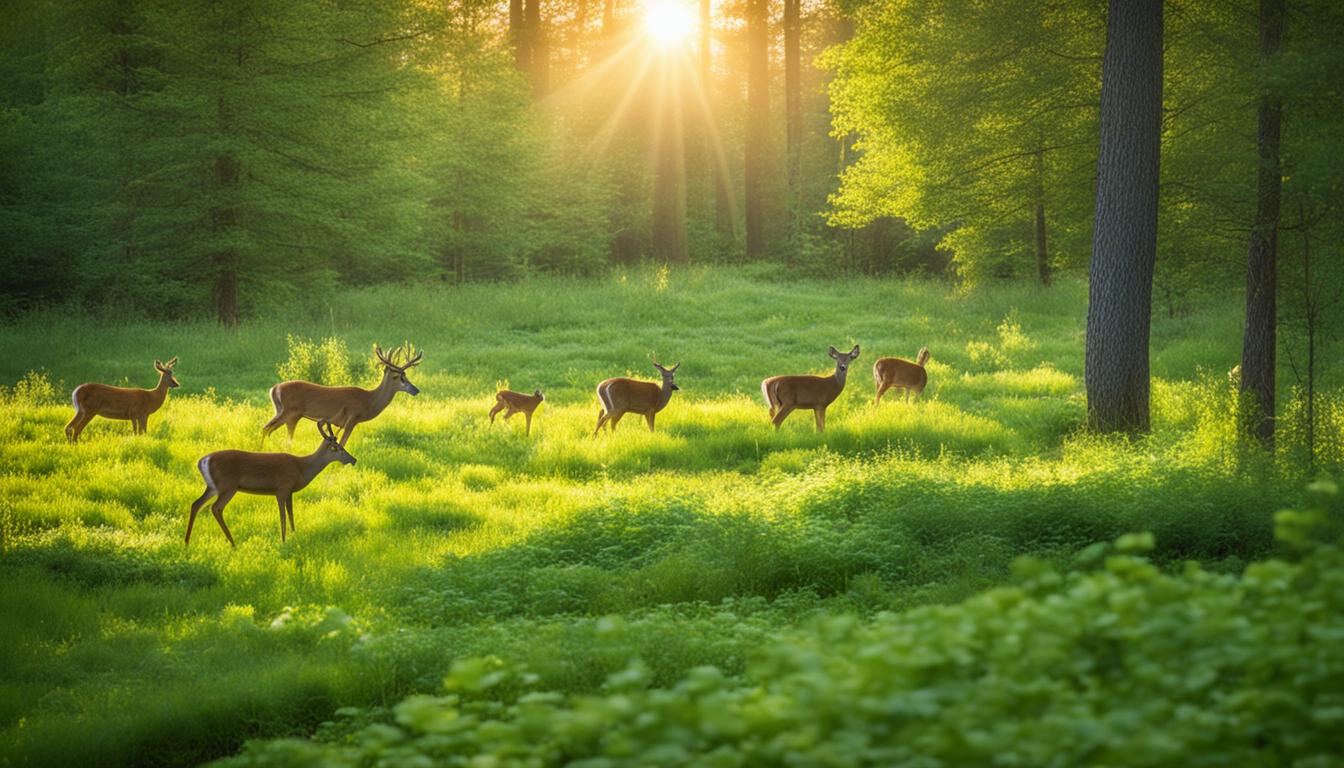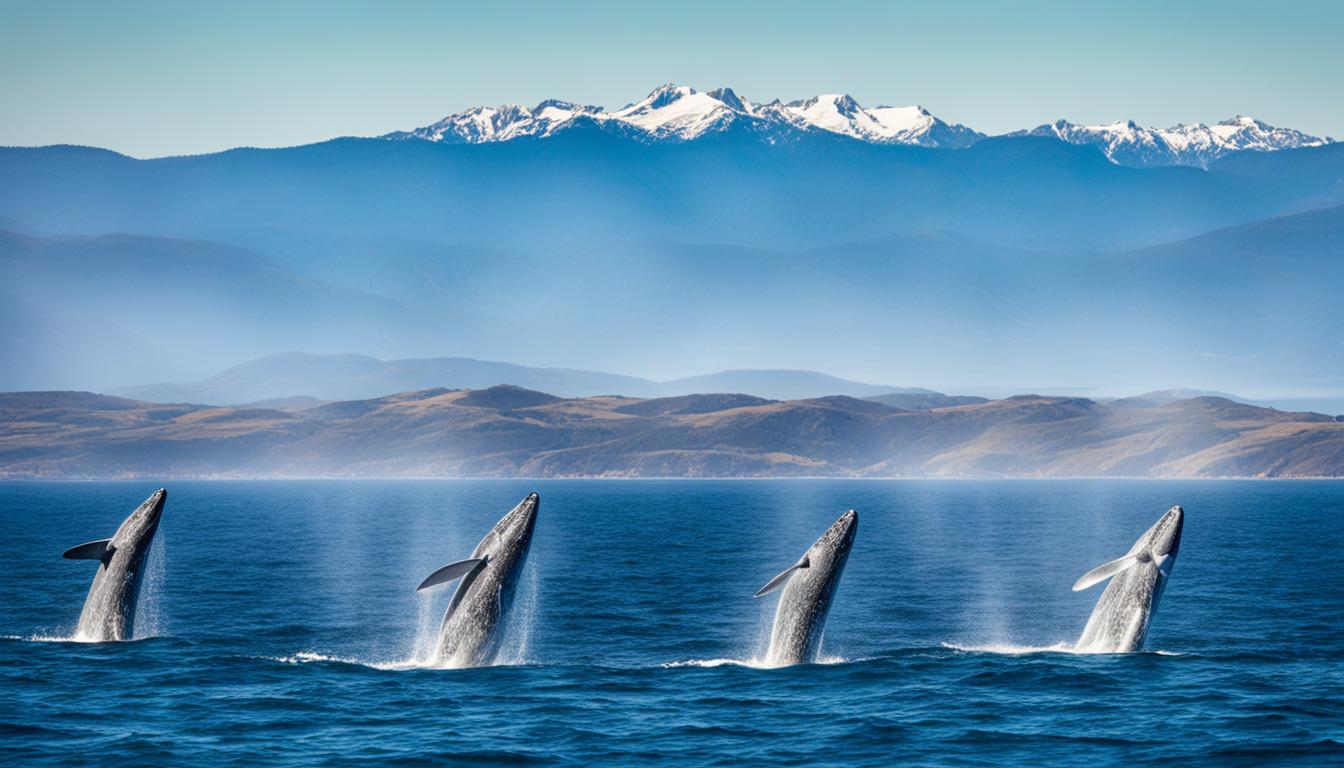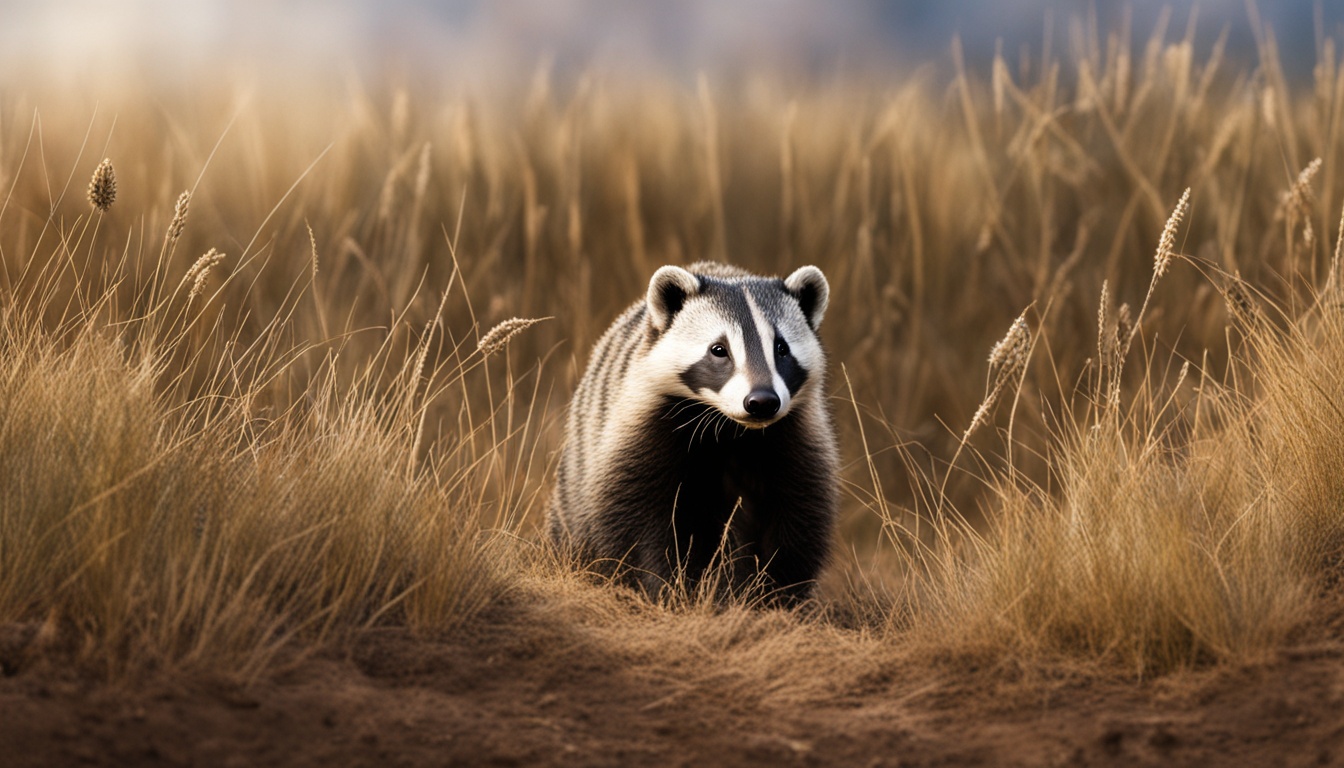Are you curious about the panda diet variety? Wondering if there are other panda food options apart from bamboo? Well, you’re in for a treat! In this article, we’ll explore the diverse diet for pandas and shed light on their nutritious eating habits. Get ready to discover the secrets behind the balanced meal plan for pandas!
By exploring the natural feeding habits of giant pandas and understanding their preference for bamboo, we gain a deeper appreciation for their dietary requirements. While bamboo remains their primary food source, pandas have evolved to incorporate other foods into their diet. This flexibility highlights the importance of providing a diverse range of nutrients to ensure the well-being of these magnificent creatures.
Why Do Pandas Prefer Bamboo?
Despite being classified as carnivores, giant pandas have developed a strong preference for bamboo as their primary food source. This raises the question: why do pandas choose bamboo over other options? One factor is the wide availability of bamboo in their natural habitat. Bamboo is abundant and grows throughout the year, ensuring a constant food supply for pandas. It is a sustainable resource that pandas can rely on, even in harsh conditions.
Another reason for their preference is the nutritional value bamboo provides. While bamboo may have limited nutritional content, it contains starch, which provides energy for pandas. This is crucial considering the amount of food pandas need to consume daily to meet their energy requirements. Pandas have adapted to extract the maximum energy from bamboo, making it a suitable choice for their diet.
Furthermore, fossil evidence suggests that pandas’ ancestors were originally carnivorous but transitioned to a more vegetarian diet due to the scarcity of prey. This evolutionary adaptation enabled pandas to survive and thrive on a predominantly herbivorous diet. Their digestive system has undergone changes to accommodate their bamboo-centric diet, allowing them to efficiently extract nutrients from this fibrous plant.
The Importance of a Diverse Diet
While pandas primarily consume bamboo, it is essential to note that they also incorporate other foods into their diet. These include fruits, vegetables, and even small amounts of meat. A diverse diet ensures that pandas receive a range of essential nutrients, vitamins, and minerals to maintain their overall health and well-being. It also helps prevent dietary deficiencies that can lead to health problems.
Providing pandas with a variety of food options, both in captivity and in the wild, aims to mimic their natural feeding patterns and guarantee their nutritional requirements are met. Understanding why pandas prefer bamboo sheds light on their unique dietary needs and emphasizes the importance of offering a diverse diet to ensure their long-term conservation and welfare.
Conclusion
Giant pandas have a predominantly bamboo-based diet, with over 99% of their food intake consisting of bamboo. However, they also incorporate other foods, such as fruits, vegetables, and meat, to meet their nutritional needs. While bamboo may be their preferred choice, pandas have evolved to adapt to this diet, showcasing their incredible ability to survive on a diverse range of foods.
Understanding the panda’s natural feeding habits provides valuable insights into their unique dietary requirements. Pandas spend a significant amount of time foraging and eating to obtain enough energy, highlighting the importance of a varied diet. By incorporating different food sources, pandas can ensure they receive a balanced meal plan that meets their nutritional needs.
With their specialized digestive system, pandas have successfully adapted to their herbivorous diet. They possess the ability to consume large quantities of food due to their short and less efficient digestion system. Additionally, pandas’ ancestors’ transition to a more vegetarian diet was likely driven by the scarcity of their prey, further emphasizing the significance of a diverse diet for their overall well-being.
Are there any other foods that giant pandas consume besides bamboo?
Yes, giant pandas’ preferred bamboo types are the main component of their diet, but they do eat other foods, such as fruits, insects, and small animals. However, bamboo makes up 99% of their diet, and they rely on certain bamboo species for sustenance.
FAQ
Do giant pandas eat foods other than bamboo?
Yes, in addition to bamboo, pandas also eat fruits like apples, vegetables such as carrots and ginseng, and meat from small mammals.
What is the panda’s primary diet?
Bamboo is the preferred food of pandas, with more than 99% of their diet consisting of bamboo.
How much bamboo do pandas need to eat every day?
Pandas must consume 23-40 kg (50-90 lb) of bamboo every day to meet their energy needs.
What do captive pandas eat?
Captive pandas are provided with a more varied diet, including nutritious “panda cakes” and steamed corn bread. They are also given ice with apples inside to cool them down during hot summers.
What other foods do wild pandas eat?
Wild pandas also engage in hunting for small rodents like pikas and bamboo rats as a part of their diet.
How much time do pandas spend foraging and eating?
Giant pandas spend over 10 hours a day foraging and eating.
Why do pandas prefer bamboo?
Bamboo is the preferred food of pandas due to its wide availability in the wild throughout the year and its starch content, which provides energy.











